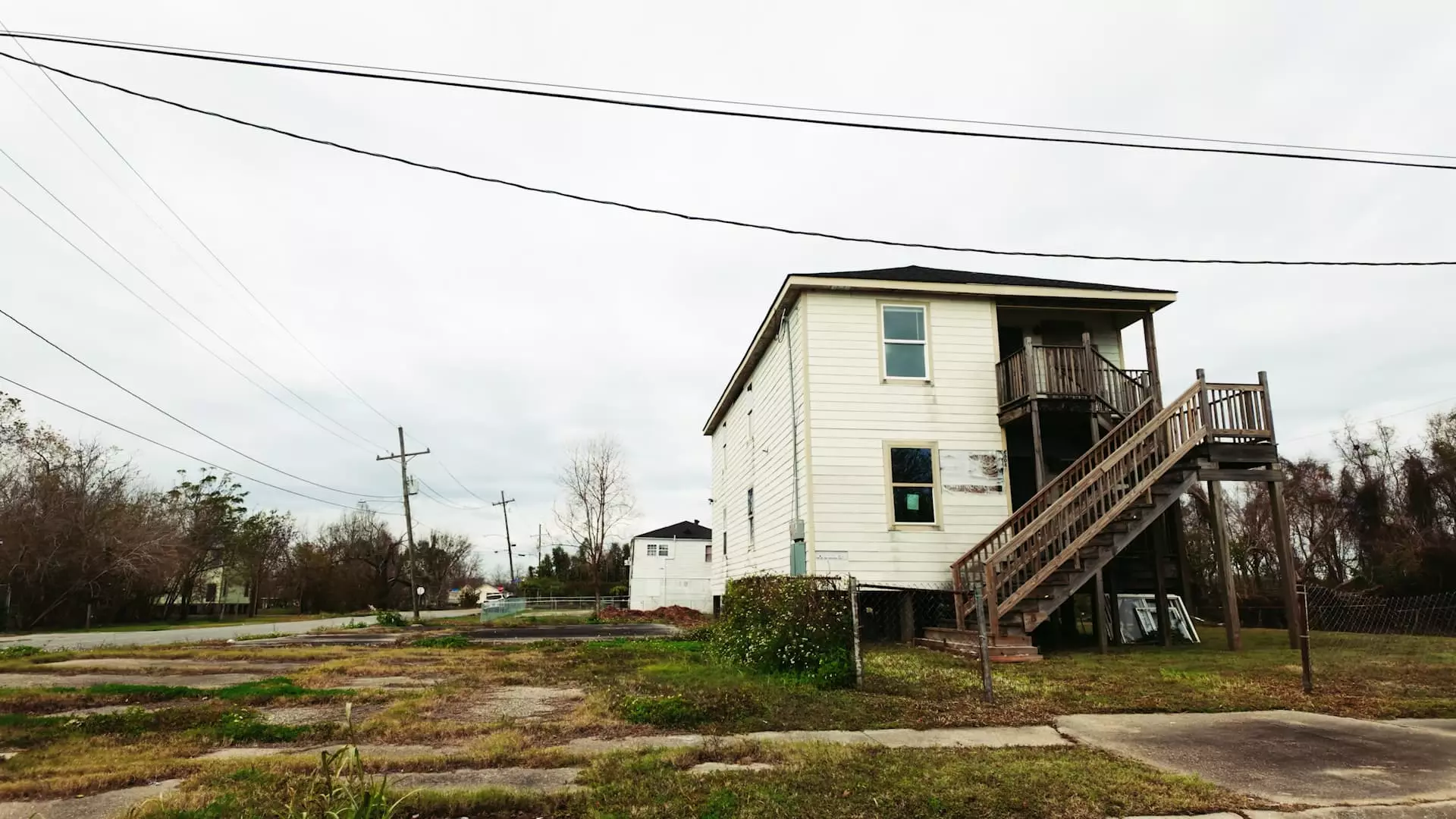The devastation wrought by Hurricane Katrina in 2005 remains a significant scar on the city of New Orleans, an emblem of both tragedy and resilience. This catastrophic storm claimed over 1,800 lives, decimated neighborhoods, and left a quarter of the city’s housing stock abandoned. As the costliest tropical cyclone in U.S. history, with damages estimated at an astronomical $201.3 billion, Katrina reshaped not only the physical landscape of New Orleans but the very fabric of its community. Nearly two decades later, the city continues to grapple with the ramifications of this disaster, showcasing a complex interplay of rebuilding efforts, burgeoning property values, and enduring social challenges.
After the storm, many former residents found it arduous to return to their homes, leading to a significant demographic shift in neighborhoods like the Lower Ninth Ward, one of the areas most affected by the floods. With only a third of its previous residents returning, as revealed by Census Bureau data, this community stands as a poignant reminder of loss both physical and social. Surges in property values as the city started to rebuild created a paradox for returning residents who found themselves priced out of a market that had skyrocketed since 2005. According to local resident Calvin Alexander, the assessed value of his home in Holy Cross has increased by a staggering 266%, a figure that starkly contrasts the slow recovery of the surrounding community.
While housing prices have soared overall in the metro area by nearly 71%, this growth highlights a severe imbalance within the city’s recovery. The ongoing challenge lies in the financial implications for residents who are forced to cope with disabling economic conditions. Reports indicate that household incomes in New Orleans remain below national levels, while poverty rates continue to climb, illustrating systemic issues affecting the impacted communities.
In response to the disaster, federal and state governments initiated aid programs, spending over $9 billion to support homeowners through the “Road Home Program.” However, this initiative has been heavily criticized for its methodology, which often favored pre-storm property valuations over the actual damage and reconstruction costs. Laura Paul, executive director of lowernine.org, argues that such criteria disproportionately burdened low-income residents who faced obstacles in accessing the funds necessary for rebuilding their homes. The program’s structural flaws reflect deeper social inequities, raising questions about the effectiveness of disaster recovery policies designed for vulnerable populations.
Moreover, many residents remain apprehensive about future storms as insurance rates, spurred by a warning from the Treasury Department regarding soaring costs in disaster-prone regions, continue to escalate. This spike creates a paradox wherein residents may be unable to afford adequate coverage, further compounding their risk and vulnerability in an already precarious environment.
In hopes of safeguarding against future disasters, government investment has flowed into infrastructure projects aimed at fortifying the city’s defenses—such as drainage canals and levees—totaling around $15 billion. These enhancements are a necessary step in mitigating storm risks; however, they are not without controversy. As structural improvements threaten to exacerbate land subsidence, the very systems designed to protect the city could inadvertently contribute to ongoing environmental challenges.
The Coastal Protection and Restoration Authority has highlighted a positive return on investment from these initiatives, asserting that for every dollar spent on improvements, the community sees an economic benefit of approximately $7. While this data suggests a sound economic strategy, it must be coupled with actionable plans to uplift and protect vulnerable communities whose needs remain unaddressed.
To forge a truly resilient New Orleans, the recovery narrative must extend beyond infrastructure and economic metrics. It is essential to recognize the social dynamics at play and prioritize equitable solutions that empower residents, particularly those in historically marginalized communities. This involves creating targeted financial assistance programs that account for pre-storm assessments while adequately addressing the unique challenges faced by lower-income populations.
The journey of recovery after Hurricane Katrina is far from over. New Orleans stands as a testament to human endurance, a city working tirelessly to redefine its future amid continuous challenges. By bridging the gaps in recovery processes and emphasizing community-driven solutions, New Orleans can transform its narrative from one of devastation to one of resilience and strength, ensuring that all residents can once again call the Big Easy home.


Leave a Reply